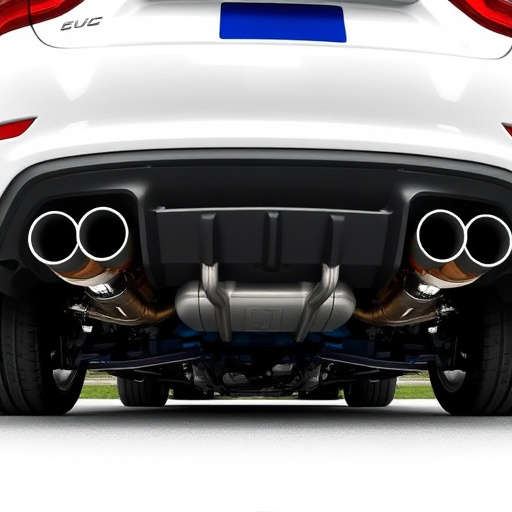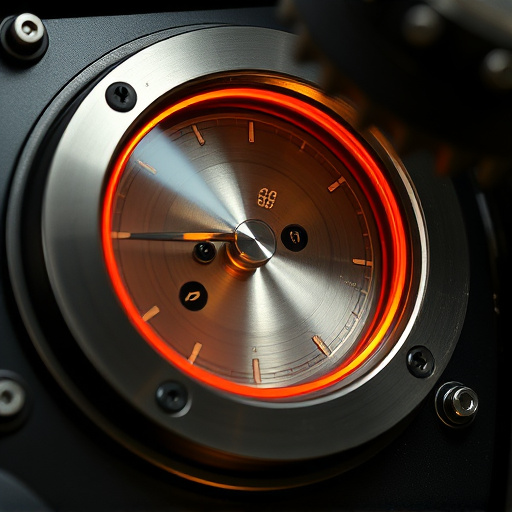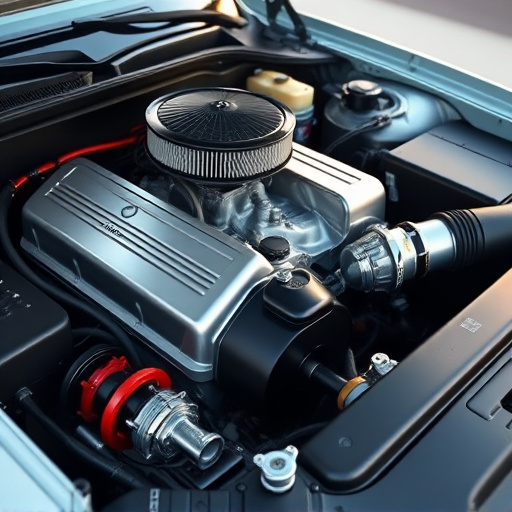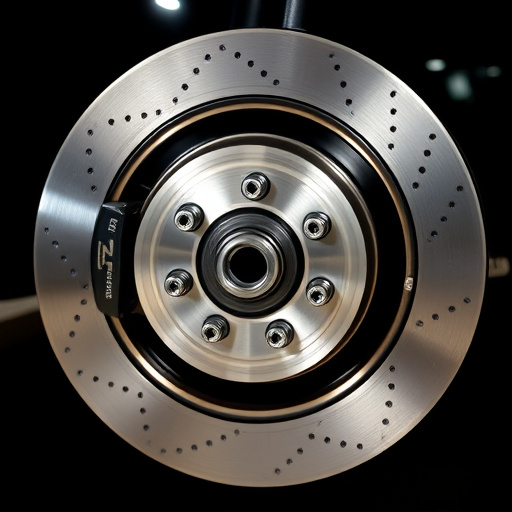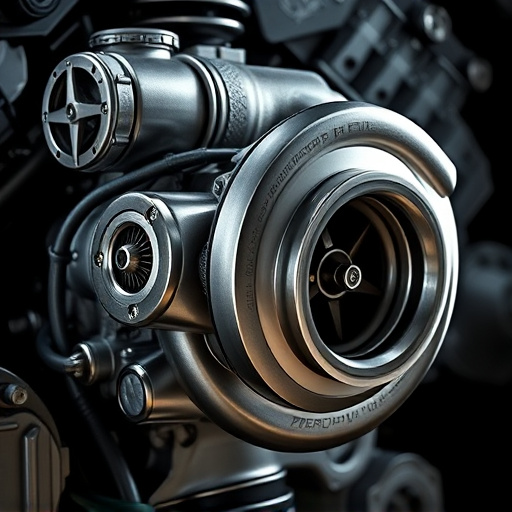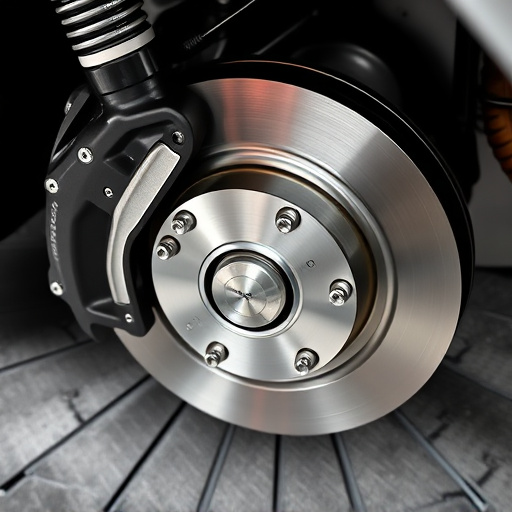Modern automotive engineering prioritizes exhaust sound control to balance performance and noise reduction, addressing environmental concerns. Cat back exhaust systems with noise-canceling tech are popular, offering tailored sound experiences while meeting legal standards. Advanced materials, computer simulations, and smart sensors enable precise design of mufflers, resonators, and pipes for optimal noise dampening across engine speeds.
In today’s world, where environmental considerations and driver comfort go hand in hand, precision engineering plays a vital role in modern exhaust sound control systems. As vehicles become increasingly powerful and efficient, managing noise emissions has become a complex task. This article delves into the understanding of the need for exhaust sound control, explores key components of modern exhaust systems, and highlights advanced technologies revolutionizing noise reduction strategies. Let’s uncover how these innovations contribute to quieter, more enjoyable driving experiences while adhering to stringent environmental standards.
- Understanding the Need for Exhaust Sound Control
- Key Components of Modern Exhaust Systems
- Advanced Technologies Shaping Noise Reduction Strategies
Understanding the Need for Exhaust Sound Control
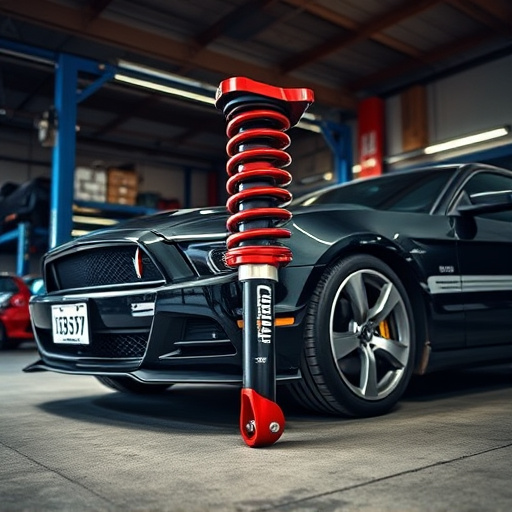
In today’s world, where environmental concerns are ever-present, the need for effective exhaust sound control has become more pressing than ever. The traditional perception of a car’s exhaust system solely as a means to expel gases is evolving; modern engineering demands that these systems also address noise pollution. This shift is driven by stricter regulations and a growing awareness of the impact of vehicle emissions on urban environments. The primary challenge lies in balancing performance and sound reduction without compromising the driving experience, which requires intricate precision engineering.
The introduction of modifications like cold air intakes and suspension kits, popular among enthusiasts, further complicates the matter. These upgrades can significantly alter a vehicle’s sound profile, often leading to louder exhaust notes. To counteract this, cat back exhaust systems designed with advanced noise-canceling technology are becoming increasingly common. This technology not only ensures that modified vehicles meet legal sound emission standards but also allows manufacturers to deliver tailored sound experiences, catering to both performance enthusiasts and those seeking a more refined driving ambiance.
Key Components of Modern Exhaust Systems

Modern exhaust sound control systems are a harmonious blend of advanced engineering and innovative design. At the heart of these systems lie several key components that work in tandem to achieve optimal performance and reduced noise pollution. The primary elements include tailored mufflers, resonators, and exhaust pipes designed with intricate precision to dampen unwanted sound waves. These components are strategically positioned along the exhaust gas flow path, acting as silent guardians that mitigate noise levels effectively.
Moreover, high-performance parts such as upgraded brake rotors and air filter kits can further enhance the overall performance of the exhaust system. These accessories not only contribute to better engine breathing but also play a role in sound control by optimizing air flow and minimizing backpressure. In today’s world where environmental considerations are paramount, these systems have evolved to meet stringent regulations while delivering an enhanced driving experience, showcasing the intricate precision engineering behind modern exhaust sound control.
Advanced Technologies Shaping Noise Reduction Strategies
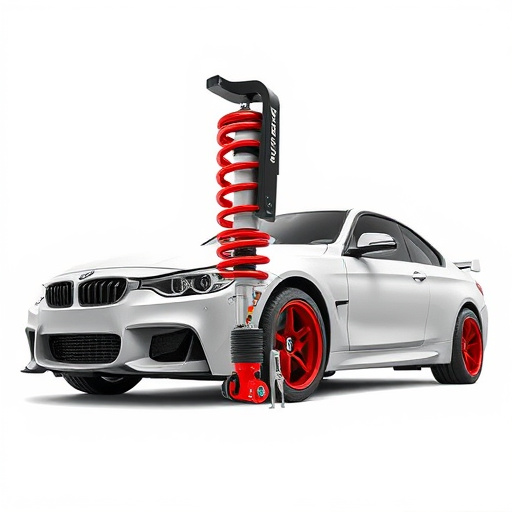
In the realm of modern vehicle engineering, precision is key, and this is especially true for exhaust sound control systems. Advanced technologies are revolutionizing noise reduction strategies, allowing engineers to create quieter, more refined driving experiences without compromising performance. By leveraging sophisticated computer simulations and advanced materials, designers can meticulously craft suspension components, cat-back exhaust systems, and muffler tips to minimize noise levels at various engine speeds.
These innovative techniques involve intricate calculations to model sound propagation within the exhaust system, enabling precise adjustments to component design. The integration of smart sensors further enhances these efforts by providing real-time data on noise levels, allowing for continuous optimization. This blend of technology and precision engineering ensures that modern exhaust sound control systems not only reduce noise pollution but also contribute to a more harmonious driving atmosphere.
Modern exhaust sound control systems represent a significant advancement in automotive engineering, combining precise design and advanced technologies to address the growing demand for quieter, more environmentally friendly vehicles. By understanding the need for exhaust sound control, identifying key components, and embracing innovative noise reduction strategies, manufacturers are creating smoother driving experiences while adhering to stringent emission standards. The precision engineering behind these systems is not only a testament to technological progress but also a step towards a greener future, where reduced engine noise contributes to a more peaceful urban environment.









